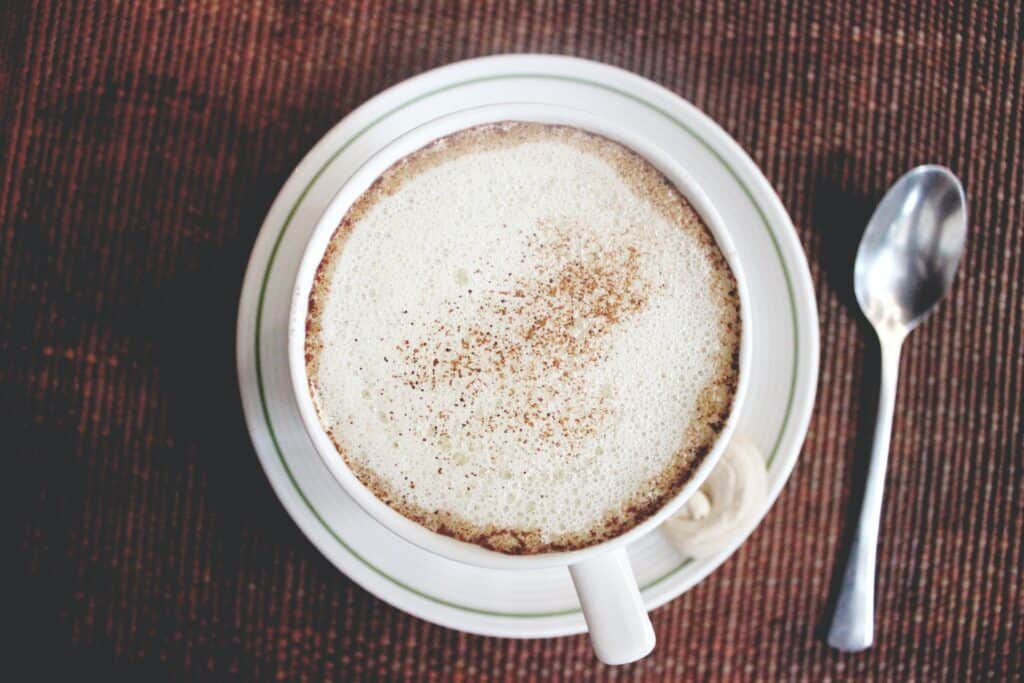It’s a debate that has been around for years – is espresso less acidic than coffee? Some people swear by the intense flavor of espresso, while others find coffee to be more satisfying. But what about the acidity levels? Which drink is more likely to give you heartburn or an upset stomach? In this article, I will explore the science behind espresso and coffee and determine once and for all which drink is less acidic.
So, is espresso not as acidic as coffee? The answer is yes, but it’s complicated. The brewing process for espresso removes some of the natural acids present in coffee beans. However, the added pressure during brewing can also release other compounds that can make espresso more acidic than regular coffee.
Espresso is made by forcing hot water through tightly packed, finely ground coffee beans. This process results in a concentrated shot of coffee with a strong flavor. Espresso also has a higher concentration of caffeine than regular coffee.
To further complicate things, the acidity of espresso varies depending on factors like the type of bean used, the roast level, and how long the shot is brewed. So, if you’re looking for an option with less, espresso is a good choice. Just be aware that there can be some variation in acidity levels.
If you’re still not sure which coffee to choose, ask your barista for advice. They can help you select a coffee that fits your taste preferences. And, if you’re ever in doubt, remember that you can always add milk or cream to your coffee to help balance out the acidity.

Which Coffee Beans Is More Acidic?
There are two types of coffee beans: Arabica and Robusta. Arabica beans are more acidic than Robusta beans. The acidity of coffee beans affects the flavor of the coffee. The more acidic a coffee bean is, the sourer the coffee will taste.
Arabica coffee beans are grown in Central and South America, as well as in Africa and Asia. They make up about 60% of the world’s coffee production. Robusta coffee beans are grown in Indonesia, Vietnam, India, and Brazil. They make up about 40% of the world’s coffee production.
The difference in acidity between Arabica and Robusta beans is due to their different levels of caffeine. Arabica beans have less caffeine than Robusta beans. Caffeine is a natural acidic compound. The more caffeinated a coffee bean is, the more acidic it will be.
So, if you’re looking for a more acidic cup of coffee, go for Arabica beans. If you want a less sour cup of coffee, go for Robusta beans. either way, enjoy your cup of joe!
Is Coffee More Acidic Than Tea?
Generally speaking, coffee is more acidic than tea. This is because coffee beans are typically more roasted than tea leaves, making them more acidic. However, there are many different types of coffee and tea, so it’s impossible to say that one is always more acidic than the other. It depends on the individual drink.
If you’re concerned about acidity levels, it’s best to consult with a doctor or dietitian to figure out what’s best for your individual needs. In the meantime, experiment with different types of coffee and tea to see what you like best!

Espresso Vs Cold Brew: Which Is More Acidic?
We all know that coffee is acidic. After all, it’s made from beans, and those are fruits (and fruit is acidic). But how does espresso compare to other types of coffee when it comes to acidity?
The answer may surprise you. Espresso has a lower pH level than cold brew. Espresso has a pH level of around four, while cold brew drink has a pH level of around five. This means that the espresso acidity level is low compared to cold brew. But it is still an option for coffee lovers.
Cold brew is made by steeping coffee grounds in cold water for an extended period, usually 12 hours or more. This results in a cup of coffee that is not so acidic, which many find to be smoother and easier on the stomach. If you’re looking for an option with less acid, cold brew is worth trying!
There are a few things to keep in mind when preparing cold brews at home.
- First, you’ll need to use more coffee than you would for hot brewing – about double the amount.
- Second, the grind size should be on the coarser side to prevent over-extraction.
- Finally, make sure you use filtered water so your coffee doesn’t end up tasting bitter.
With these tips in mind, give the cold brew a try the next time you’re in the mood for a cup of coffee. You might just be surprised at how much you enjoy it!
How Can I Make Coffee Less Acidic?
Too much acidity can cause heartburn, indigestion, and even upset your stomach. So how can you make coffee less acidic? Here are four ways:
- Use filtered water: Coffee is only as good as the water used to make it. If your tap water is high in minerals or other impurities, it can make your coffee taste more acidic. By using filtered water, you’ll remove these impurities and end up with a cup of coffee that tastes less acidic.
- Avoid dark roasts: Dark-roasted coffee beans are more acidic than light-roasted beans. So if you’re looking to reduce the acidity of your coffee, stick to lighter roasts.
- Use less coffee: The more coffee you use, the more acidic it will be. So if you want to make your coffee less acidic, simply use less of it.
- Add milk or cream: Milk and cream can help to neutralize the acids in coffee, making it taste less acidic. So if you’re looking for a quick fix, try adding some milk or cream to your cup of joe.
Final Words
Espresso is less acidic than coffee, but that doesn’t mean it’s not acidic at all. If you’re looking for a coffee alternative that is not so acidic, try cold brew or Pour Over. And if you’re sensitive to acidity, be sure to drink your espresso in moderation.
What’s your favorite way to enjoy espresso? Let me know in the comments below! Thanks for reading.
Related Articles

